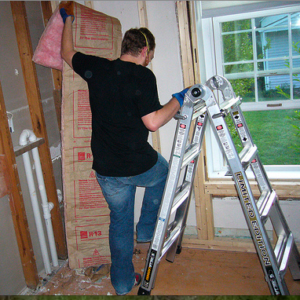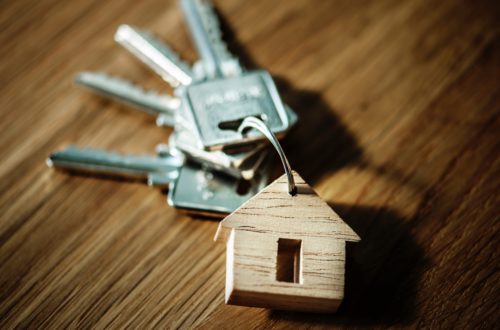Going green has many benefits. Not only does it lower your impact on the environment, but it could potentially save you money. When it comes to your home, it can be difficult to make your house more energy efficient. Luckily, with an Energy Efficient Mortgage (EEM), you can borrow more money to help you upgrade your home with green technology.
Here are just a few upgrades that qualify under an EEM:
- Alternative heating such as a pellet stove
- New windows and insulation
- New roofing technologies
- Solar Panels for both electricity and hot water heating
In order to qualify for an EEM, you must first qualify for a regular mortgage. When shopping for a mortgage you should always talk to different lenders and see which one has the best current mortgage rates. EEMs are most commonly offered through Federal Housing Administration (FHA) and Veterans Administration (VA) programs, but are increasingly being offered by lenders themselves.
The next step after being qualified is to have your house audited by a professional energy rater. The energy rater will prepare a Home Energy Rating Systems (HERS) report for you, which will score your home based on how energy efficient it is. The report will also contain a list of suggested upgrades, and a new score based on those upgrades. Finding an energy auditor can be tough. Luckily Energystar.gov offers a list of partners that can perform the audit for you.
Previously, there was some concern in Oregon about auditors charging upwards of $4,000 for an audit, but this is simply not the case when you use a creditable auditor. You can expect the audit to run between $300 and $500, but the price can vary. Some lenders may allow you to finance the cost of the audit into the loan.
Now that you have your audit report, it is time to speak with your loan officer again. Your loan officer will use the audit report to figure out how much extra money you are qualified to borrow. Typically, the extra money that you can expect to borrow will fall between 5% and 15% of the total value of your home. There may be some restrictions depending upon your lender. Once you have a budget to work with, it is a good idea to return to your auditor. He can help you figure you which upgrades will be the best for your budget.
One thing to take note of is that you will be increasing your monthly mortgage bill each month with an EEM. However, this is often offset by the savings in your energy bills. Some people may actually find that they are saving money each month once their upgrades are installed. An EEM can also be looked at as a long term investment. You will continue to save money on your energy bills once you have paid off your home. You may even raise the value of your home because of the upgrades.
Michael Ciocca is a writer for Total Mortgage and an author for the Total Mortgage Blog http://www.totalmortgage.com/





